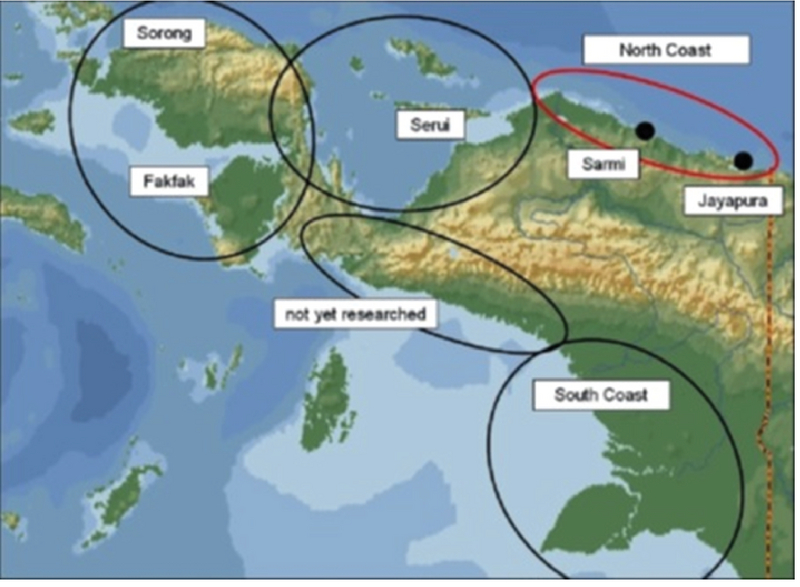Making Use Of Students’ Native Language Potential Strategy To Increase Second Language Acquisition
DOI:
https://doi.org/10.18502/kss.v1i1.453Abstract
Alternative learning strategies, in the concept of second language acquisition (SLA), concern more on the identification of second language students’ characteristic. One of the alternative learning strategies that will be discussed in this paper is about the role of native language (L1) with a demonstration of Papuan Malay language possessive pronouns and noun phrases in the context of teaching English as a foreign language (FL) in Jayapura, Papua. The discussion about the structure of Papuan Malay language possessive pronouns and noun phrases might give insight for second language (L2) teachers in Papua on making use their students’ L1 as a potential strategy to help them to increase their second language acquisition.
Keywords: alternative learning strategy, second language learners, role of native language
References
S. P. Corder, The significance of learners’ errors, Int J Appl Linguist, 5, 161–170, (1967).
M. Donohue and Y. Sawaki, Papuan Malay pronominals: forms and functions. (2007).
Oceanic Linguistic
R. Ellis, in The study of second language acquisition, Oxford University Press, Oxford, 1994.
S. M. Gass and L. Selinker, in Second language acquisition: an introductory course, Lawrence Erlbaum Associates, Inc, New Jersey, 2001.
A. Kluge, A grammar of Papuan Malay, Wacana, 16, 211–232, (2015).
S. D. Krashen, in Second language acquisition and second language learning, Pergamon Press, Inc, 1981.
S. D. Krashen, in Principles and practice in second language acquisition, Pergamon Press, Inc, Oxford, 1982.
M. H. Long and P. A. Porter, Group work, interlanguage talk, and second language acquisition, TESOL Q, 19, 207–228, (1985).
R. J. Marzano, B. B. Gaddy, and C. Dean, in What works in classroom instruction, Midcontinent Research for Education and Learning, Aurora, CO, 2000.

